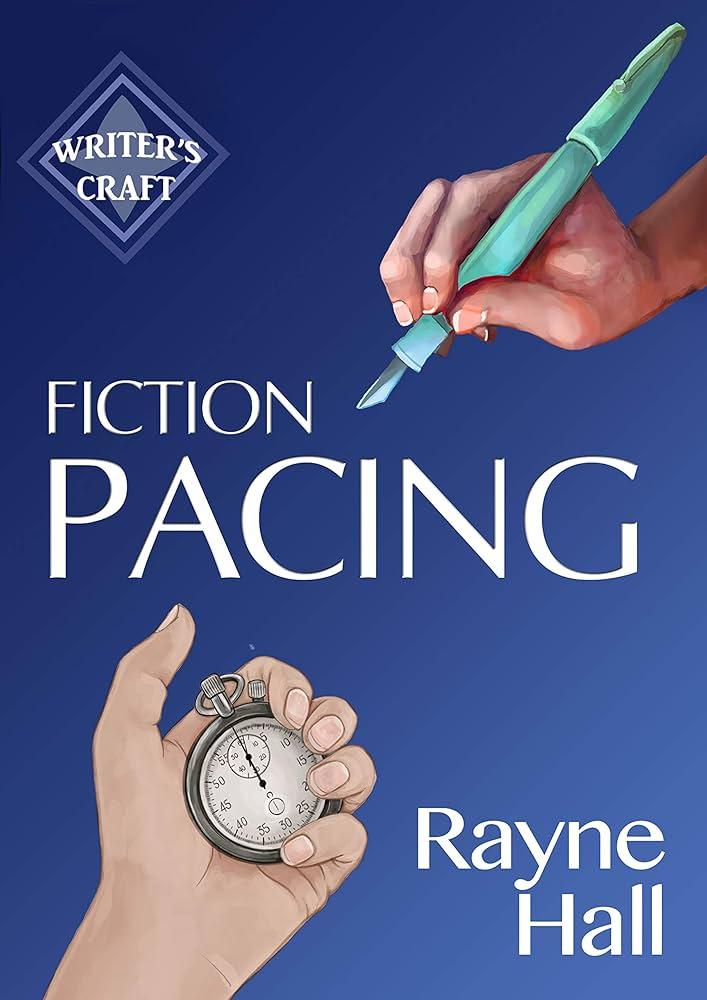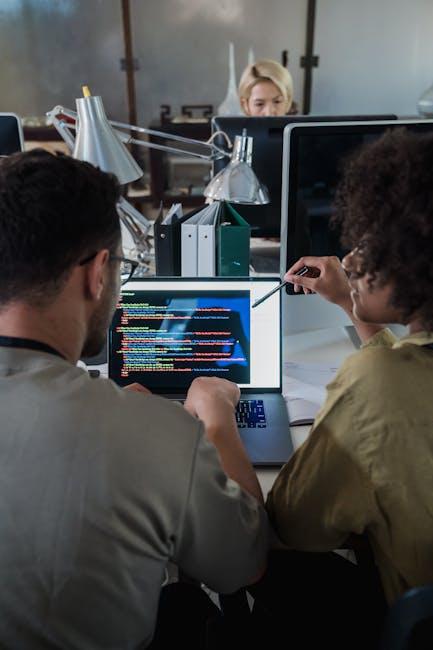In the ever-evolving landscape of cinema, certain filmmakers consistently rise above the rest, crafting narratives that captivate audiences and critics alike. While storytelling and vision are undoubtedly crucial, it is the directorial techniques that often distinguish the truly successful from the merely competent. This article delves into the top directorial methods that have become synonymous with cinematic mastery, exploring how these techniques not only enhance storytelling but also define a director’s unique signature. From the nuanced use of camera angles to the strategic employment of sound and silence, we will analyze how these elements converge to create unforgettable film experiences. By understanding these techniques, we gain insight into the artistry that elevates filmmakers to iconic status, transforming their work into timeless pieces of cultural significance.
Mastering Visual Storytelling: Crafting Compelling Narratives
In the realm of cinema, the art of visual storytelling hinges on a director’s ability to weave narratives that resonate with audiences. Successful filmmakers often employ a repertoire of techniques to achieve this:
- Framing and Composition: Masterful directors meticulously craft each frame, using the rule of thirds, symmetry, and leading lines to guide the viewer’s eye and evoke specific emotions.
- Lighting and Color: The strategic use of light and color can set the tone, highlight key elements, and create a visual metaphor that enhances the narrative’s depth.
- Camera Movement: Dynamic shots, whether it’s a sweeping crane or a subtle dolly, can convey energy, tension, or intimacy, immersing the audience in the story’s world.
- Editing Rhythm: The pacing of cuts can significantly impact the story’s flow, with quick edits building suspense and slower sequences allowing for reflection and character development.
By harnessing these techniques, filmmakers not only tell a story but also create a visual symphony that lingers long after the credits roll.

Harnessing the Power of Pacing: Timing for Impact
In the realm of filmmaking, pacing serves as a critical tool that can transform a narrative’s emotional landscape. Directors who master the art of timing understand that the rhythm of a film dictates how audiences perceive and connect with the story. By strategically manipulating the speed at which scenes unfold, directors can evoke suspense, amplify tension, or allow moments of reflection.
Key techniques to harness pacing effectively include:
- Contrasting Scenes: Juxtaposing fast-paced sequences with slower, more contemplative moments can create a dynamic ebb and flow that keeps viewers engaged.
- Pause for Impact: Strategic use of silence or stillness can heighten emotional beats, allowing audiences to absorb critical plot points.
- Rhythmic Editing: Editors play a crucial role by cutting scenes to music or natural sounds, crafting a seamless tempo that aligns with the film’s emotional core.
By mastering these techniques, filmmakers can craft a cinematic experience that resonates deeply, ensuring their stories linger in the minds of viewers long after the credits roll.

Innovative Camera Techniques: Elevating Cinematic Experience
- Dynamic Movement: Directors are increasingly embracing techniques like the Steadicam and drones to create fluid, uninterrupted shots that enhance the storytelling. This approach not only captures the audience’s attention but also immerses them in the narrative, offering a visceral connection to the unfolding drama.
- Innovative Angles: Using unique perspectives, such as overhead shots or extreme close-ups, directors can manipulate audience perception and evoke specific emotions. These techniques are not merely for aesthetic purposes but serve to deepen the audience’s understanding of character motivations and plot developments.
By incorporating these techniques, filmmakers are pushing the boundaries of traditional cinematography, crafting a viewing experience that is both visually stunning and emotionally resonant. Their ability to seamlessly blend technology with artistic vision sets them apart, transforming the way stories are told on screen.

Effective Collaboration: Building a Cohesive Creative Team
Successful filmmakers understand that a movie is the sum of its parts, and each part is crafted by talented individuals working in harmony. To foster this harmony, directors often emphasize the importance of open communication and shared vision. They create an environment where every team member feels valued and heard, encouraging them to contribute their unique perspectives. This collaborative culture is crucial for nurturing creativity and innovation.
Moreover, directors employ strategic techniques to build a cohesive team dynamic. This includes:
- Regular Workshops: Facilitating sessions that allow team members to exchange ideas and learn from each other.
- Feedback Loops: Establishing a system where constructive feedback is not only welcomed but expected, promoting growth and improvement.
- Role Clarity: Clearly defining roles and responsibilities to prevent overlap and ensure efficiency.
- Celebrating Successes: Acknowledging individual and collective achievements to boost morale and motivation.
By integrating these techniques, directors ensure that their creative teams operate not just as a group of individuals, but as a unified, effective force.

